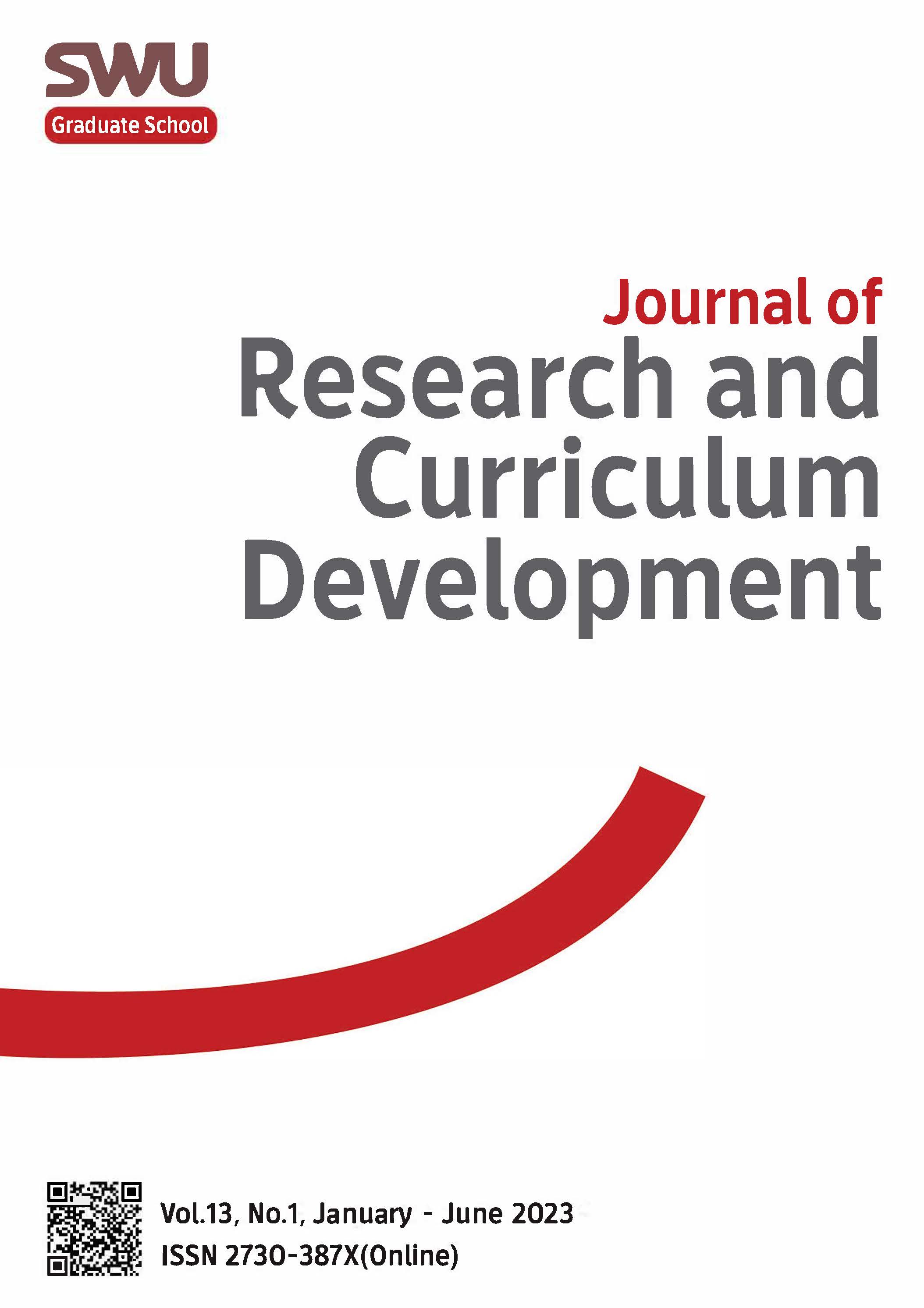The Development and Assessment of Electronic-Based English Proficiency Testing System for Tertiary-Level Students
Electronic-Based English Proficiency Testing System
Keywords:
Electronic-based test, Language assessment, English proficiency testAbstract
The objectives of this study are to develop and assess the usability of electronic-based English proficiency testing system for tertiary-level students. There were 355 freshmen students selected as the sample group and clustered random sampling was applied. The quantitative data were collected using a five-point Likert scale questionnaire and an electronic-based English Proficiency Test using MOODLE. The qualitative data were collected by conducting a focus group interview. Three sessions of pilot tests were carried out for the validity and reliability of the instruments. The results revealed that the students in a sample group rated all of the items on the questionnaire in a high level of agreement with the total mean (x̅) score of 4.27 and SD of 0.27. The results of qualitative data analysis showed that students preferred electronic-based tests in terms of system use, learning impact, user opinions, and test design. In comparison to traditional paper-based tests, the usability experience of students preferred the electronic-based test because it was convenient, saved time, and resource management efficient with security, prompt feedback, and less pressure.
References
Barge, P. & Londhe, B.R. (2014). From Teaching, Learning to Assessment: MOODLE experience at B’School in India. Procedia Economics and Finance. 11 (2014) 857 – 865. doi: 10.1016/S2212-5671(14)00249-4
Blanco, M., & Ginovart, M. (2010, September). Moodle quizzes for assessing statistical topics in Engineering studies. Joint International IGIP-SEFI Annual Conference. Trnava, Slovakia.
Brown, S. (2010). Likert Scale Example for survey. Iowa State University Extension. (Online) www.extension.iastate.edu/, December 10, 2018.
Conole, G., & Warburton, B. (2005). A Review of computer assisted assessment, ALT-J. Research in Learning Technology, 13(1) 17-31.
Daflizar, Sulistiyo, U., & Kamil, D. (2022). Language Learning Strategies and Learner Autonomy: The Case of Indonesian Tertiary EFL Students. LEARN Journal: Language Education and Acquisition Research Network, 15(1), 257-281.
Kauffman, H. (2015). A review of predictive factors of student success in and satisfaction with online learning. Research in Learning Technology, 23, 1-13.
Krejcie, R, V, & Daryle W. Morgan. (1970). Determining Sample Size for Research Activities. First Published September 1, 1970. https://doi.org/10.1177/001316447003000308
Kundu, A. & Bej, T. (2021) Experiencing e-assessment during COVID-19: an analysis of Indian students' perception. Higher Education Evaluation and Development, 15(2), 114-134. DOI 10.1108/HEED-03-2021-0032
Padayachee, P., Wagner-Welsh, S., & Johannes, H. (2019). Online Assessment in Moodle: A Framework for Supporting Our Students. South African Journal of Higher Education. 32 (5), 211-235. https://doi.org/10.20853/32-5-2599.
Sewell, J. P., Frith, K. H., & Colvin, M. M. (2010). Online Assessment Strategies. A Primer, 6(1) 297-305.
Downloads
Published
How to Cite
Issue
Section
License

This work is licensed under a Creative Commons Attribution-NonCommercial-NoDerivatives 4.0 International License.




